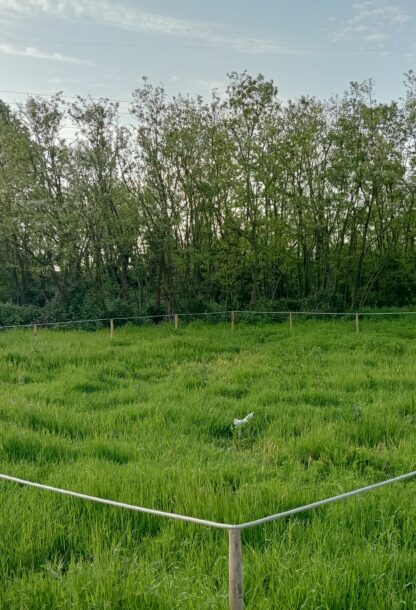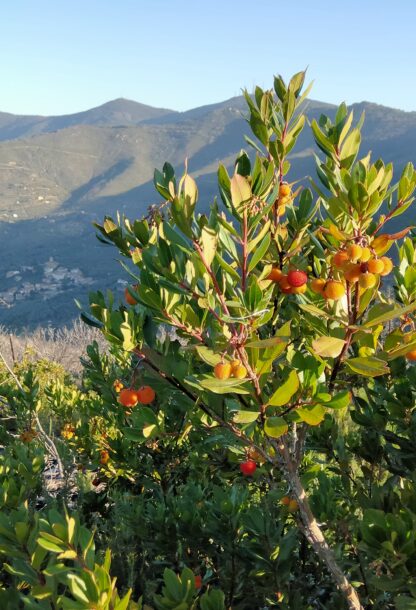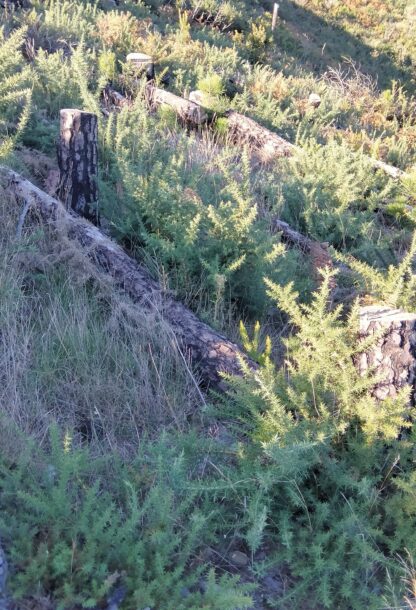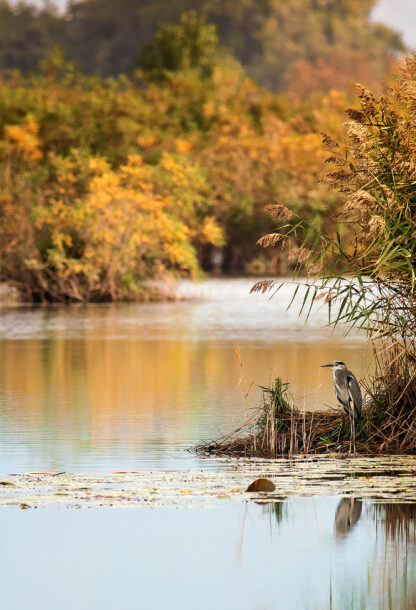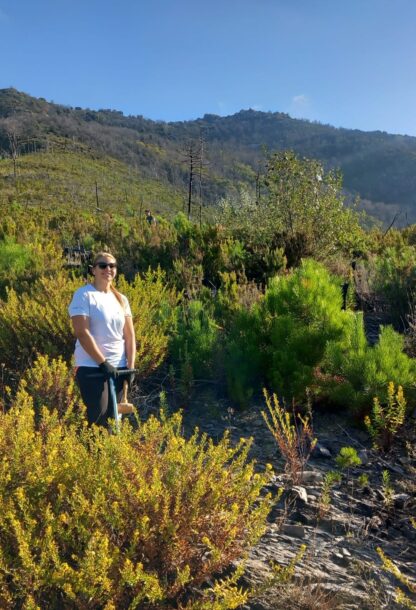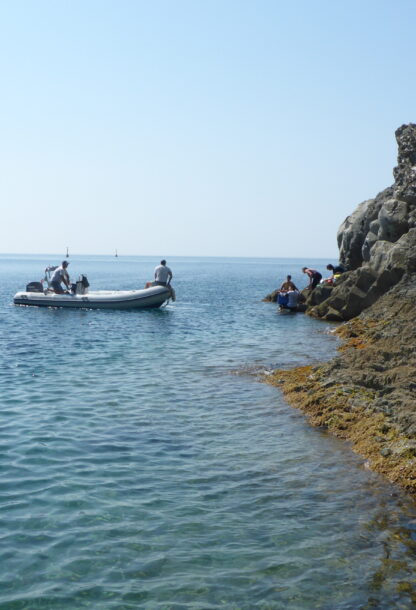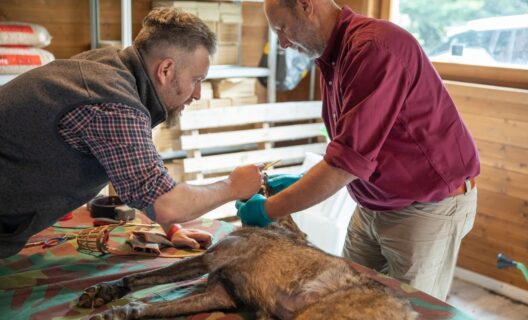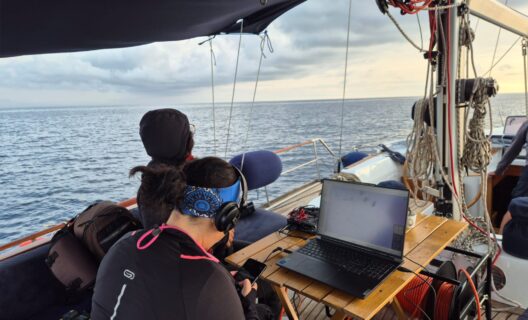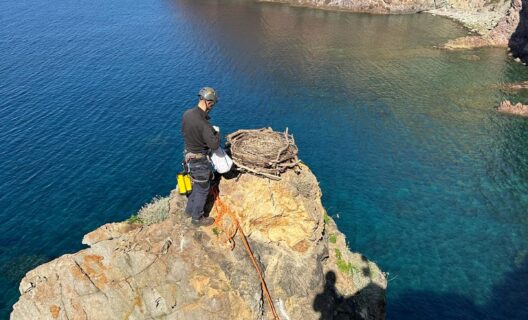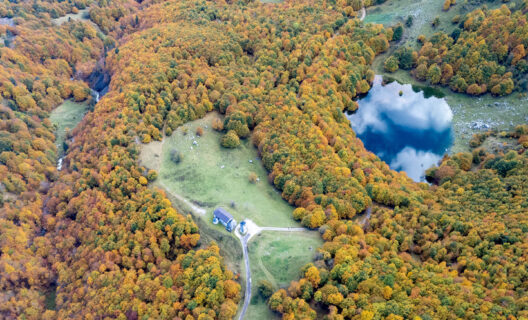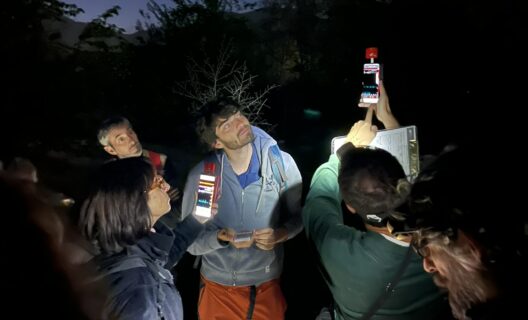
The Nature Restoration Law: the European challenge to restore ecosystems
Rebirth with nature: the restoration of biodiversity in Italy
With Nature Restoration Law, nature conservation becomes a concrete commitment
Why a law to revive ecosystems?
In recent decades, many ecosystems have lost their ecological functionality. They have stopped performing those vital functions that made them fertile and alive, and can no longer accommodate the species that used to inhabit them.
It is from this reality that the Nature Restoration Law was born: the first European law to impose concrete goals to restore compromised ecosystems to health.
It is not only an ecological challenge. It is a collective, social, economic challenge. And it affects all of us.

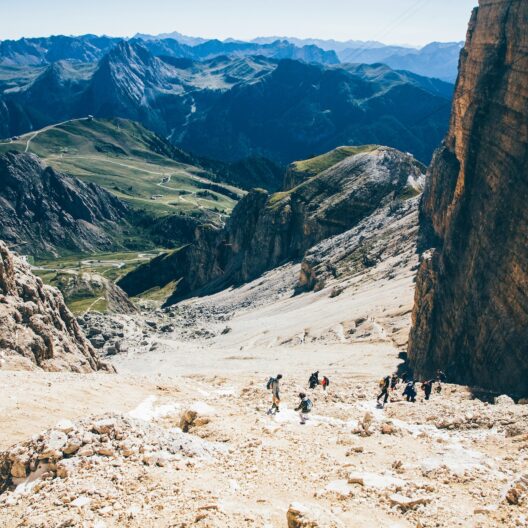
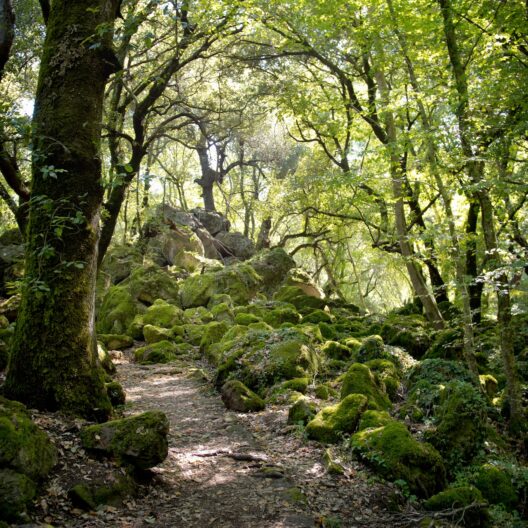
From restoration to cure: commitments for 2030 and beyond
The Nature Restoration Law is the first European law that not only protects nature, but asks us to restore it.
It wants every member state to commit, in concrete and measurable ways, to restoring forests, rivers, seabeds and wetlands to health, and to increasing urban biodiversity: environments that sustain life in quiet but essential ways.
By 2030 at least 20 percent of compromised habitats must be restored, with more ambitious targets set for 2050.

Do you want to know how to restore nature?
The National Biodiversity Future Center’s report tells how ecological restoration is taking shape in Italy and documents the state of play, including challenges already met and goals yet to be achieved.
It contains data, methods and concrete projects that show how scientific research can translate into actions capable of regenerating ecosystems and improving life for all.

Nature Restoration Law in a nutshell
Short content to understand what the law provides and how we put it into practice
From law to action: the role of the National Biodiversity Future Center
From research to people, from data to territory: this is how work to revive ecosystems takes shape
Restoring biodiversity is a shared commitment
The National Biodiversity Future Center’s contribution stems from an open and collaborative approach.Scientific research, technologies, public agencies, territories and communities-each element is part of a system that can only work if it holds skills and people together.Restoring biodiversity is not an isolated gesture, but a process that requires method, perseverance and trust.
This is how lasting change is built.
See the full text of the Nature Restoration Law.

Here’s how ecological restoration translates into concrete, visible and shared action
Each project tells a part of this challenge: different environments, tailored solutions, virtuous examples that become replicable methods


